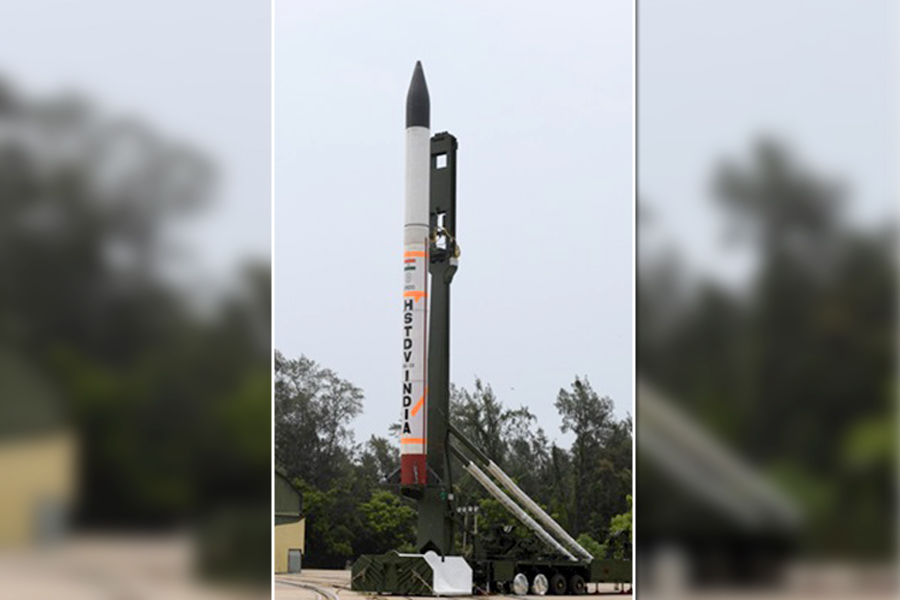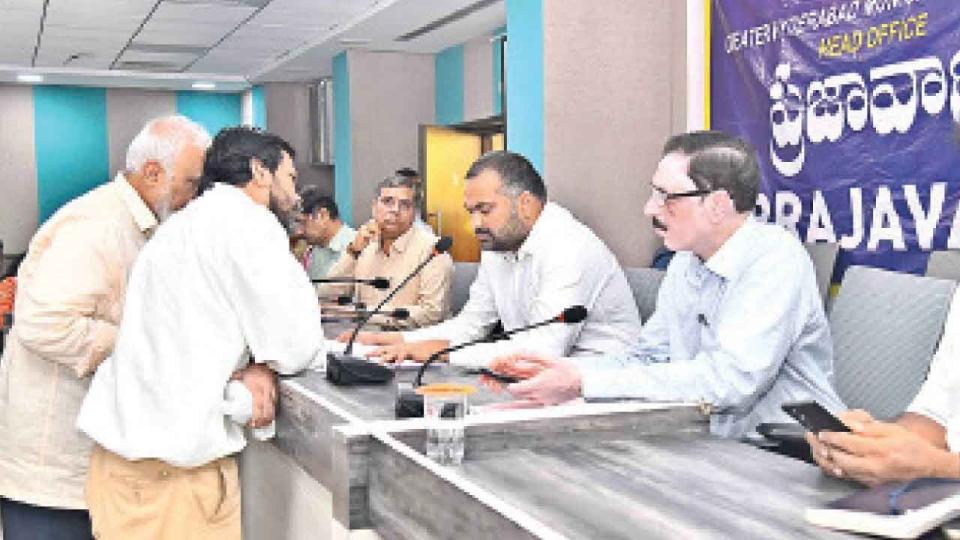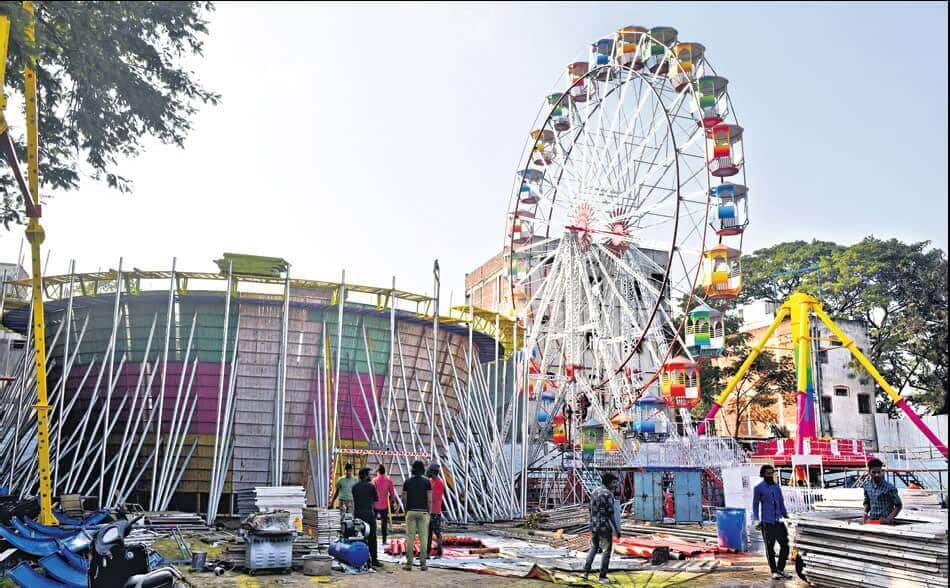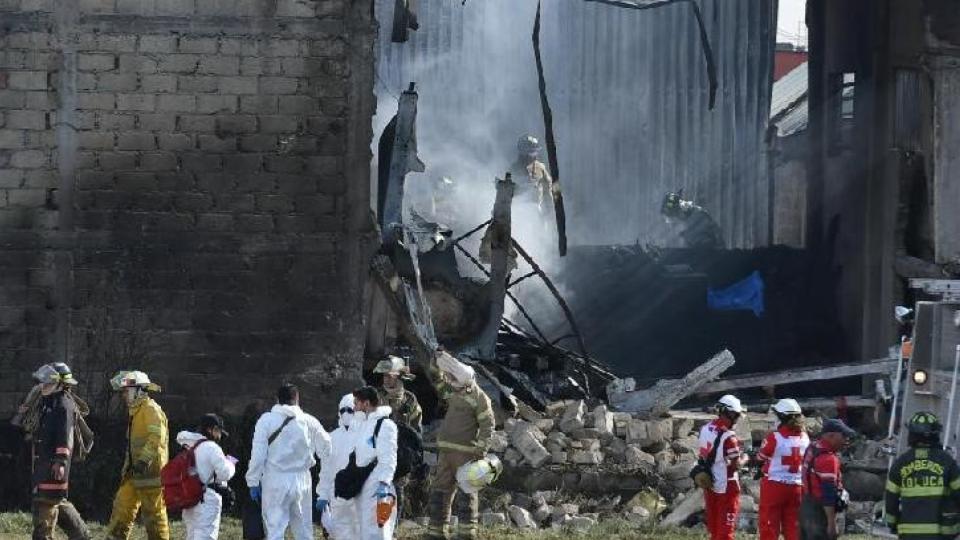DRDL Successfully Tests Scramjets For Hypersonic Missiles
Fri 02 May 2025, 12:17:04

The Defence Research and Development Laboratory (DRDL) has successfully completed a long-duration ground test of an active-cooled scramjet subscale combustor — a significant development in India’s efforts to develop hypersonic propulsion technology. Scramjets (supersonic combustion ramjets) are air-breathing engines that operate at speeds exceeding Mach 5 (five times the speed of sound) and are a core component in hypersonic cruise missiles and reusable space vehicles.
The test, which was conducted at DRDL’s new Scramjet Connect Test Facility in Hyderabad, ran for over 1,000 seconds — a duration that is considered an important benchmark in sustained supersonic combustion. The combustor tested was a scaled-down version, known as a subscale model, and used active cooling technology to manage the extreme temperatures generated during operation. According to scientists, the results pave the way for
full-scale flight tests and mark a transition from lab testing to real-world application.
full-scale flight tests and mark a transition from lab testing to real-world application.
“This is not a routine milestone — it’s a necessary gate before we can even think about putting these engines on flight vehicles,” said a senior official familiar with the project. The defence ministry confirmed that the system is now ready for flight-worthy testing. If successful, the technology could eventually power platforms such as the Hypersonic Technology Demonstrator Vehicle (HSTDV), enabling rapid deployment and strike capabilities for future strategic operations. Globally, only a handful of countries — the US, China, and Russia — are significantly ahead in scramjet propulsion. India’s progress with this test signals growing competence in high-speed defence technology and strengthens the country’s long-term deterrence capabilities.
No Comments For This Post, Be first to write a Comment.
Most viewed from Hyderabad
Most viewed from World
AIMIM News
Latest Urdu News
Most Viewed
May 26, 2020
Can Lionel Messi's visit boost Indian football?
Latest Videos View All
Like Us
Home
About Us
Advertise With Us
All Polls
Epaper Archives
Privacy Policy
Contact Us
Download Etemaad App
© 2025 Etemaad Daily News, All Rights Reserved.





.jpg)































.jpg)
.jpg)
.jpg)


